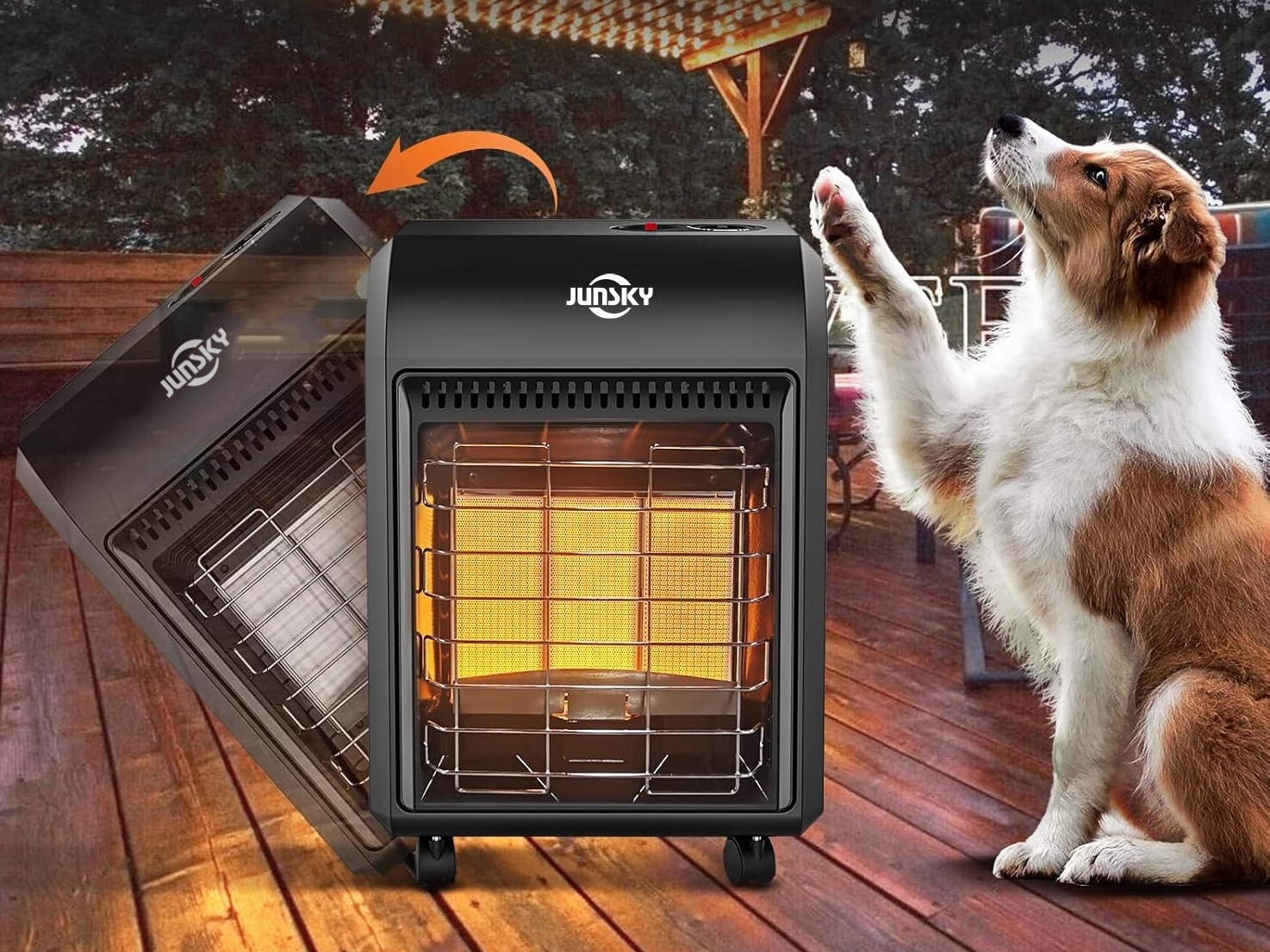Types of Indoor Gas Water Heaters in the U.S. — Which One Fits Your Home
2025-10-14
Learn the main categories of indoor gas water heaters available in the U.S. market—storage-tank, tankless, condensing, and hybrid systems. This article explains how each type operates, their efficiency levels, installation needs, and real-world pros and cons. It helps homeowners decide which option best fits their space, budget, and daily hot-water demands while comparing energy efficiency and installation cost differences.

In the previous blog, we explored what an indoor gas water heater is and how it works. Now let’s look at the main indoor gas water heater types in the USA, so you can decide which one best fits your home. The most common options include storage-tank, tankless, condensing, and hybrid systems. Using junsky models as an example, let’s review how each type performs and what its pros and cons are.
Storage-Tank Indoor Gas Water Heaters
This traditional design features a large insulated tank that holds a set amount of hot water, typically between 40 and 80 gallons.
How it works:
Cold water enters the tank, where a gas burner heats it from below. A thermostat maintains the water at a preset temperature, ensuring you always have hot water on standby.
Advantages:
Lower upfront cost.
Familiar design, easy replacement for older systems.
Provides consistent hot water supply for moderate use.
Disadvantages:
Standby heat loss since hot water is stored continuously.
Requires more floor space.
Hot water can run out during heavy use.
Best for households with consistent but moderate daily water use and existing tank setups.
Tankless (On-Demand) Indoor Gas Water Heaters
The tankless indoor gas water heater is one of the most popular choices in modern American homes. Instead of storing water, it heats water instantly as it flows through a heat exchanger.
Advantages:
Endless hot water supply with no tank.
Compact size saves indoor space.
Up to 30% more efficient than traditional storage models.
Long lifespan, often 20 years or more.
Disadvantages:
Higher initial installation cost.
Requires proper sizing for simultaneous use.
May need upgraded venting or gas supply.
Tankless systems are ideal for energy-conscious homeowners or smaller homes with limited space.
Condensing Indoor Gas Water Heaters
A condensing indoor gas water heater takes efficiency to the next level. It captures additional heat from exhaust gases, reusing it to warm incoming water.
Advantages:
Significantly higher efficiency (some models exceed 90%).
Lower gas consumption and operating cost.
Reduced exhaust temperature allows for plastic venting materials.
Disadvantages:
Higher initial price.
Requires condensate drainage.
Installation may be more complex.
Perfect for large families or high-use homes that want long-term savings and maximum performance.
Hybrid or Combination Gas Water Heaters
Hybrid indoor gas water heaters combine a small storage tank with on-demand technology, offering the best of both worlds. They maintain a ready supply of hot water while boosting flow rate during peak demand.
Advantages:
Balanced performance between tank and tankless systems.
Reduced waiting time during high use.
Energy-efficient operation.
Disadvantages:
More expensive and complex to install.
Requires additional maintenance.
Comparison Overview
| Type | Efficiency | Cost | Best for |
|---|---|---|---|
| Storage Tank | Moderate | Low | Budget or replacement use |
| Tankless | High | Medium | Space-saving, continuous hot water |
| Condensing | Very High | High | Energy-focused households |
| Hybrid | Variable | High | High-demand or large families |
Choosing the Right System
Before deciding, consider these factors:
Hot water demand: Number of occupants and daily usage.
Space: Indoor area available for installation.
Budget: Initial vs. long-term cost balance.
Energy goals: Preference for high efficiency or lower purchase price.
Venting compatibility: Whether your home can support direct or power vent systems.
If you value long-term savings and top efficiency, a junsky condensing indoor gas water heater may be ideal. For smaller homes, a junsky tankless indoor gas water heater provides comfort and convenience in a compact form.
Conclusion
Understanding the types of indoor gas water heaters available in the U.S. helps you make a smarter investment. From storage tanks to advanced condensing units, there’s a perfect solution for every household. In our next blog, we’ll compare the pros and cons of each system and guide you on how to select the most suitable model for your needs.
TAG:
Related Blog







